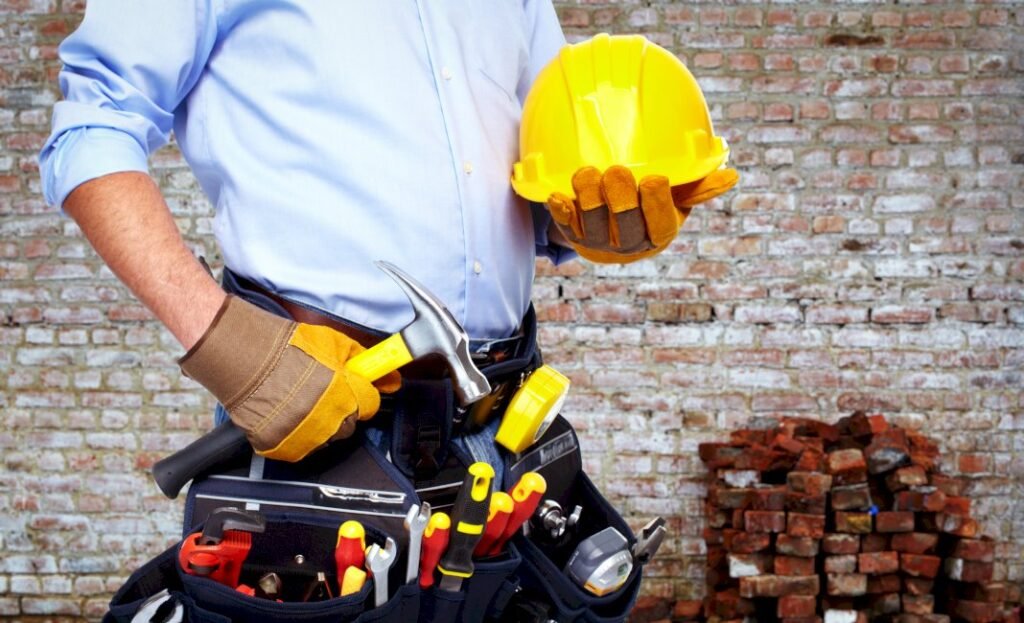- Establish a clear renovation plan, prioritize children’s safety zones, and communicate openly with your kids about the process.
- Utilize pre-existing safety measures in your home and ensure your renovation team adheres to safety protocols.
- Keep neighbors informed about your renovation, anticipate noise levels, and manage possible disruptions.
- Invest in safety upgrades like foam closure strips, anti-slip flooring, and soft furnishings to minimize potential risks.
Renovating your house can be an exciting yet challenging process. It comes with significant risks, especially if there are children running around the house. Accidents may occur at any point in time, which is why it is essential to make sure that your little ones are out of harm’s way. This blog post will provide you with some tips on how to make your house safe for children during a renovation and ensure that your whole family stays calm, secure, and comfortable while the work is underway.
Develop a Plan
Before starting any work in your home, it is essential to create a renovation plan. This plan should include any areas of the house that are undergoing construction, the timeline for when things will happen, and any potential hazards that may occur. It is easier to pinpoint potential dangers and map out ways to eliminate them when you have a clear idea of what’s going on. Here are other things to consider:
Establish a Safety Zone
Creating a safety zone is crucial during renovation. This is a dedicated area where your children can play, learn, and rest, unaffected by the ongoing construction work. Make sure this zone is far from the renovation site and is free from any tools, debris, or construction materials. Secure it with childproof gates or doors, if possible.
Keep an Open Dialogue
Maintaining open communication is key during a home renovation. Talk to your children about the changes happening in the house and explain why they need to stay away from certain areas. Use this as an opportunity to teach them about safety and the importance of following rules. You can also keep them involved by discussing color choices or letting them see the progress at safe stages.
Make Use of Existing Safety Measures
Your home is likely equipped with numerous safety features that can be beneficial during the renovation period. For example, childproof locks on doors and cabinets should be utilized effectively. If your home doesn’t have these safety measures in place, consider installing them. Protective covers on outlets, gate barriers at staircases, and window guards should also be implemented to prevent accidents.

Communicate With Your Team
Don’t underestimate the importance of keeping your renovation team in the loop. Ensure everyone involved in the project is aware that children are in the house and must be kept safe.
Be clear about your expectations regarding cleaning up tools and materials at the end of each day to prevent any potential hazards. For instance, you might request for all sharp objects and tools to be put away in a secure place after each use. You could even assign an adult to supervise the area and ensure that the safety rules are followed at all times.
If possible, you should also inform your neighbors about the renovation project and let them know when to expect any loud noise or disruption. This way, you can ensure that everyone is on the same page and taking the necessary safety precautions.

Invest in Safety Upgrades
Considering the heightened risks during renovation, it might be a good time to invest in additional safety upgrades for your home. Look into installing smoke detectors and carbon monoxide alarms, as well as fire extinguishers in key areas. If you don’t already have them, consider placing safety latches on cabinets and drawers, particularly those storing cleaning supplies, tools, or other potentially hazardous items. Here are other examples:
Foam Closure Strips
An excellent addition to your childproofing efforts is high-quality foam closure strips. They are designed to fill gaps and provide additional cushioning to sharp edges in construction areas, preventing accidents caused by children running into corners or edges. These strips can be easily applied to various surfaces, providing a safer environment for your children during the renovation period.
Anti-Slip Flooring
Another way to make your home safer is by installing anti-slip flooring. These are designed to reduce the risk of slipping accidents, particularly if you have wood surfaces in key areas such as the kitchen and bathrooms. There are several varieties available in the market, so choose one that suits your needs and budget best.
Soft Furnishings
Finally, it is a good idea to invest in soft furnishings for your house. These items can act as added protection against bumps and bruises during the renovation period. Look for cushions, rugs, or carpets that are designed with safety in mind, and make sure they are completely secure so that they don’t slip or move around.
Home renovations have a significant effect on everyone in the household. However, it is crucial to prioritize your children’s safety during the process. Creating a plan, communicating with your contractors, securing the work area, providing activities for kids, and scheduling a cleaning routine are all great approaches to ensuring your child’s safety during a home renovation project. By following these tips, you can confidently renovate your home while keeping your little ones happy and out of harm’s way.